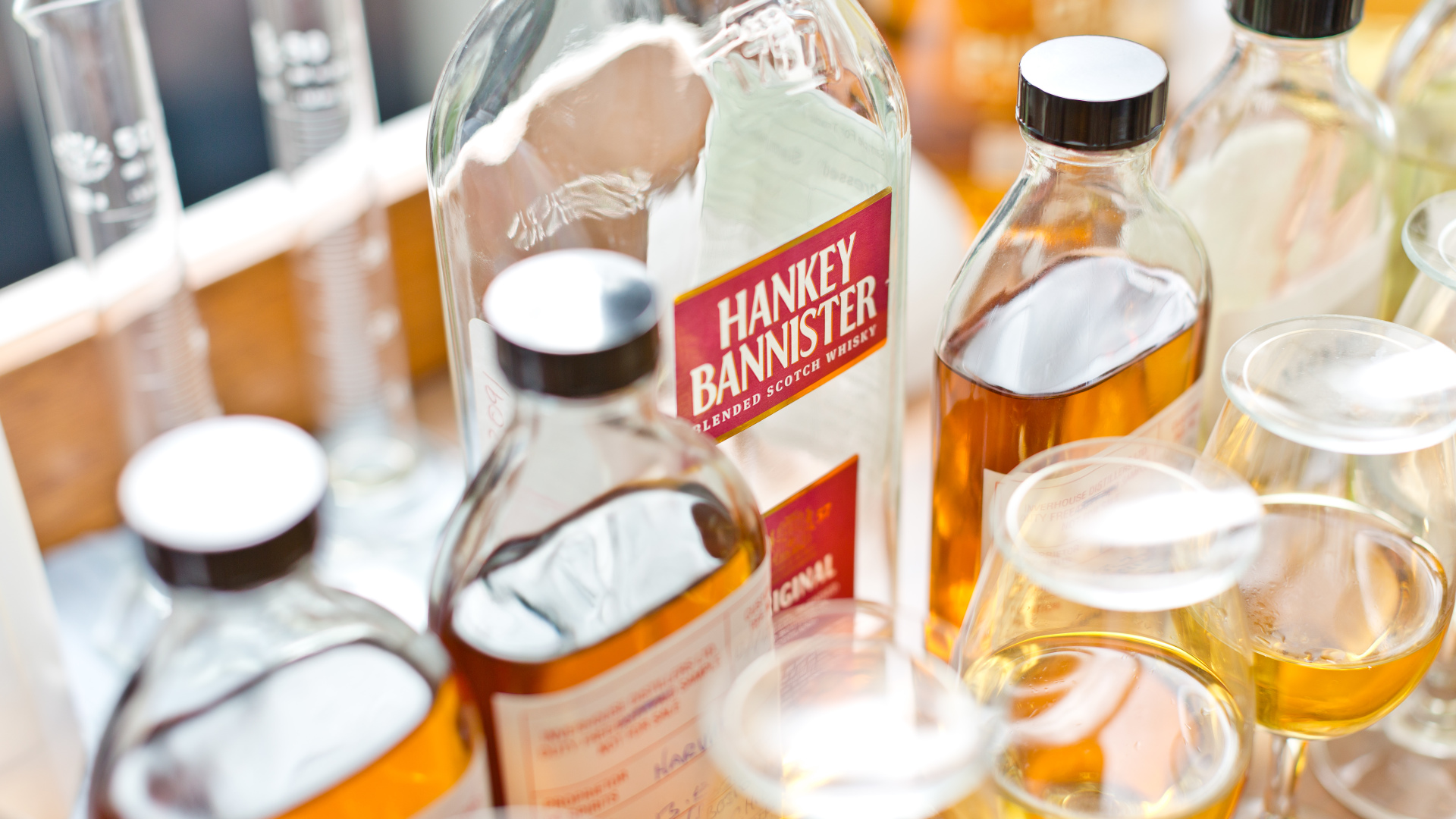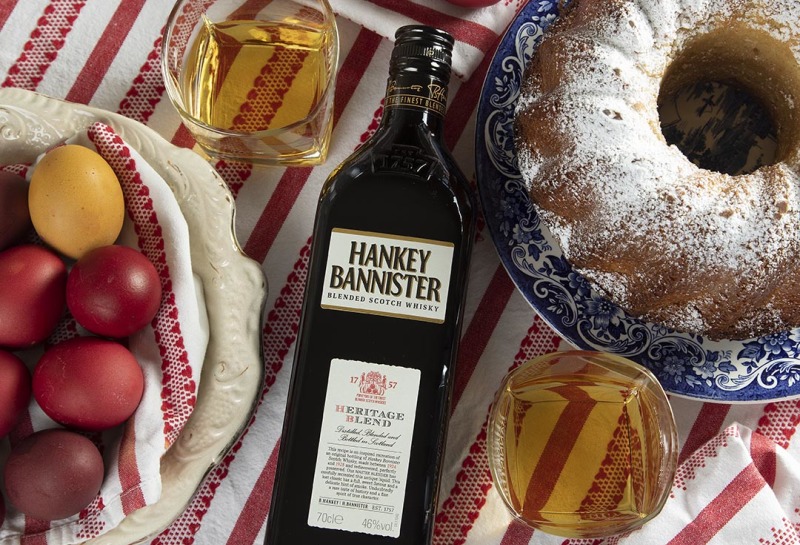
The Beginners Guide to Whisky
1. 3. 2021
If you’re just embarking on your whisky journey, you’ve certainly come to the right place. To fully appreciate whisky, you’ll need to know some basics, and in no time, you’ll be a whisky aficionado with a well-stocked whisky cabinet. Without further ado, let’s get started.
First and foremost, to “e” or not to “e” is the question. In the United States and Ireland, it’s “whiskey”, but in Scotland, it’s “whisky”. Whisky is something the Scots are renowned for globally, and at Hankey Bannister, we’re incredibly proud of this. After all, it is our national drink!
Whisky is no longer a drink for old men (that stereotype can stay firmly in the past). This liquid gold delivers a range of flavours and evokes different responses from person to person. It’s a drink that can be enjoyed on any occasion – toasting the dearly departed, a newlywed couple, a wedding favour, or a corporate gift. Whatever the occasion, it’s sure to bring smiles to many faces.
Drinking Whisky
The first rule of drinking whisky? Well, that’s easy; there are no rules! Drink it whichever way you please – neat, with a splash of water, a cube of ice or mixed in a scandalously delicious cocktail. Whichever way you choose, we invite you to savour this fine liquid gold. Sniff it, swirl it, inhale the aroma and enjoy a sip.
Types of whisky
Whisky is produced all over the world – Ireland, Canada, America, Japan, Germany, Taiwan – the list goes on. In Scotland, you’ll typically hear of the following:
Scotch whisky – Scotch whisky is distilled and bottled in Scotland and the spirit must age for at least three years. One of the key ingredients is water. Without this supply of H2O, scotch whisky-making wouldn’t be possible. Many distilleries in Scotland take their water from fresh local water sources – rivers, streams, and lochs.
Single malt whisky – Made from one distillery, using malted barley. Single malt whisky doesn’t need to come from one batch, instead, it can contain whisky from different casks that have been married together.
Single grain whisky – This can be produced using other cereals such as wheat, corn or rye which can be malted or unmalted.
Blended malt scotch whisky – Made from a blend of two or more single malt scotch whiskies from different distilleries. It’s both easy to drink and easy to mix. Blended malt scotch whisky can work magic in cocktails!
Blended grain scotch whisky – The blend of two or more single grain scotch whiskies from different distilleries.
Whisky regions
In Scotland, there are five whisky regions, each with their own unique character and style.
Speyside – The most densely populated whisky region in the world with whiskies that are known for their fruity flavours.
Highlands and Islands - The largest geographical whisky-producing area in Scotland with a diverse range of whiskies, from lighter whiskies to salty coastal malts.
Lowlands – Just above England, the Lowlands are famous for whiskies that are gentle in character with lighter notes of ginger, toffee, and citrus.
Islay - This is the southernmost of the Inner Hebrides islands and it’s famous for its heavily peated whiskies which have quite the bite.
Campbelltown – Formerly the whisky capital but now the smallest whisky-producing region in Scotland. These whiskies vary with hints of salt, smoke, fruit, and toffee.
Glossary of Terms
Not familiar with the whisky jargon yet? We’ve picked a handful of terms that every aspiring whisky expert should know!
ABV- Alcohol by volume measures the percentage of alcohol present. By law, Scotch whisky must be a minimum of 40% ABV.
Age – The length of time the youngest spirit has spent in oak casks.
Angels’ Share – The portion of a whisky’s volume that is lost to evaporation during aging.
Barrel – This is traditionally made of wood with metal hoops surrounding it.
Blending – Combining one liquid with another.
Cask – The oak barrel that stores whisky.
Cask finish – When whisky is transferred to a second or third barrel for additional maturation.
Chill-filtration – When the spirit is chilled between -10 and 4°C and passed through a filter.
Distillation – The alcohol created during fermentation is removed from the wash to form a concentrated liquid that is matured into whisky.
Dram – A small measure of whisky.
Master Blender – The guardian of the distillery’s whisky expressions.
Maturation – The ageing process of whisky.
Nip – A small measure of whisky
Nosing – Sniffing the whisky so that the aroma can be examined.
Peat – Dark organic matter which can be used to fire the malted barley kilns. This produces a smoky flavour in the whisky.
We hope you’ve picked up a thing or two from our guide. If you’re ready to tantalise your tastebuds, browse our range of blended Scotch whiskies. We have a variety of whisky blends that are suitable for beginners. In fact, they can be enjoyed by anyone who recognises a good thing when they taste it! Find out how our unique whiskies are made and browse our cocktail recipes for stupendous sippers that will warm the soul.
Up Next...

8. 12. 2020

30. 3. 2021